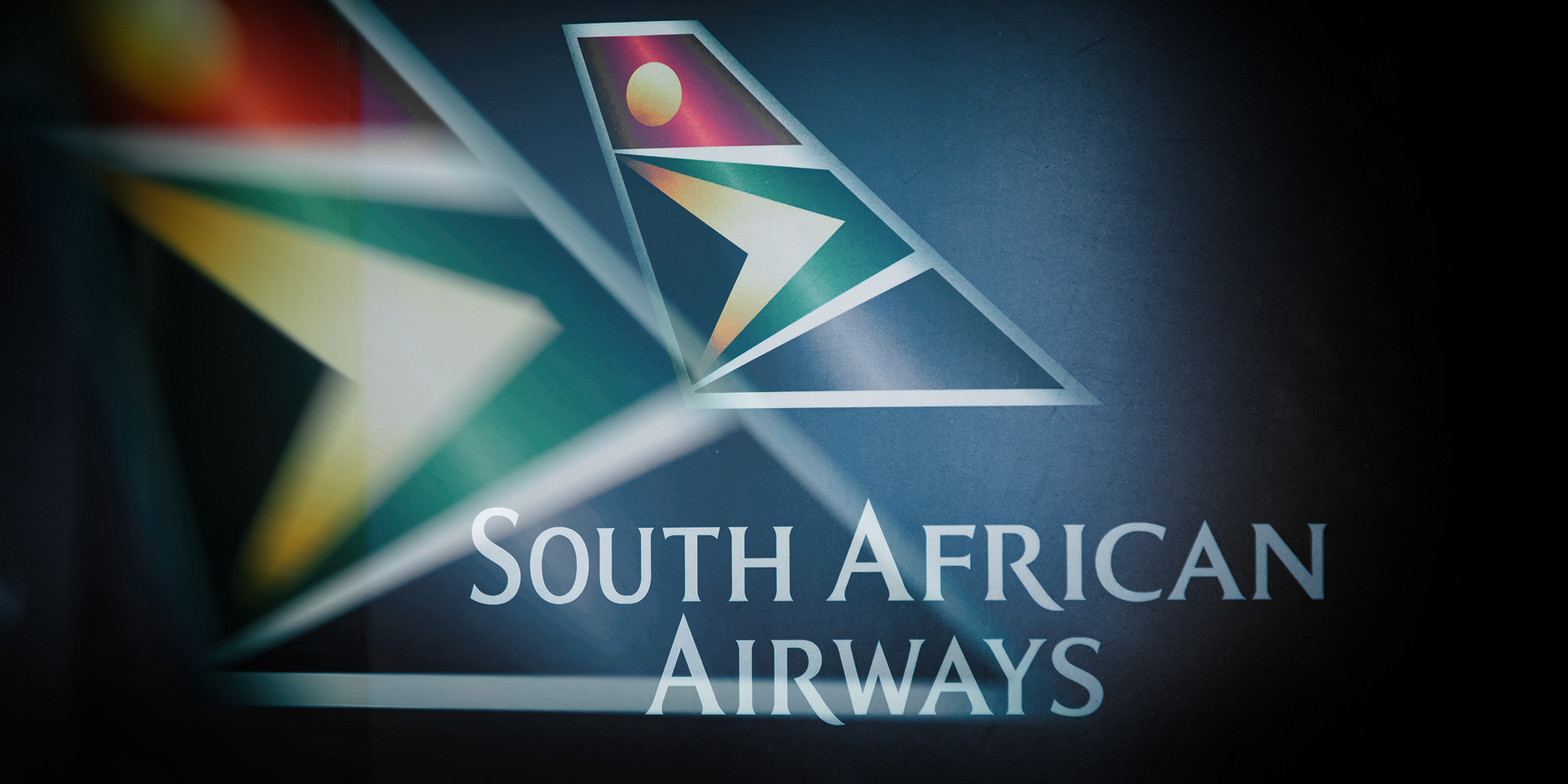SAA last turned a profit in 2011 and since then the state-owned airline has been racking up financial losses while depending on billions in taxpayer-funded bailouts to survive.
SAA’s dire financial position has now been confirmed by its financial results for four consecutive years (2019 to 2022), which were tabled in Parliament on 14 December after the airline failed to consistently do so for many years. It last tabled financial results in 2018, making its financial position a mystery, even though the many bailouts painted a picture of an airline in dire straits.
Since 2018, SAA has racked up financial losses worth R28.9-billion while over the same period it received bailouts worth R38.1-billion from the government. In other words, billions in taxpayer funds went into a black hole because, despite the financial support from the government, SAA has remained a mess. It was even placed in a business rescue process in December 2021. It exited that restructuring plan in April 2021.
Historical dysfunction
The four sets of financial results underscore a dysfunctional airline that was not financially stable and on the verge of collapse. SAA pencilled in a financial loss after tax of R5.48-billion in 2017/18, R6.48-billion in 2018/19, R5.73-billion in 2019/20, R7.63-billion in 2020/21 (a watershed moment as Covid lockdowns floored the global airline industry), and R3.65-billion in 2021/22. According to the Auditor-General’s report on SAA’s financial affairs, from 1 April 2018 to 3 April 2023, the government threw R38.1-billion at SAA, of which R27.6-billion was paid to the airline after it entered business rescue.
The recently tabled results show that leasing aircraft, the maintenance of aircraft, fuel and employee remuneration were the biggest expenses for SAA. During its 2021/22 financial year (the most recent report), it generated revenue of R2-billion, but employee remuneration costs came in at R2.5-billion, aircraft leases gobbled up R470-million, followed by fuel (R369-million) and aircraft maintenance (R323-million). SAA relied on debt (total liabilities, including loans, reached R9-billion in 2021/22) and government support to cover expenses that exceeded its revenue.
SAA turns a corner (apparently)
SAA submitted its financial statements for 2022/23 for auditing in October 2023 and this audit is still in progress. It is also not clear whether SAA has turned around its situation, from perennially recording financial losses to being profitable. However, Derek Hanekom, the interim board chair, who signed off the four sets of financial statements, told Parliament in November that the airline was showing “a modest profit at this stage and no loss is expected”.
“We will be cash-positive by the end of the financial year… SAA is not facing a danger of collapse without the [National] Treasury’s support.”
Hanekom added that the airline was no longer in debt and continued to trade as a going concern. The going concern test is one that companies must pass to secure a clean bill of health from their auditors.
A smaller SAA has emerged from business rescue, running a fleet of six planes (from more than 20) with a workforce of about 1,000 (from more than 5,000).
In 2021/2022 financial statements, SAA directors said the airline emerged from business rescue “as a company that was liquid and solvent”. They said that after exiting the process its assets of R8.9-billion exceeded its liabilities of R5.8-billion, resulting in positive equity of R3.1-billion.
While the Auditor-General agreed with Hanekom’s assessment of SAA as a going concern, saying it was “appropriate”, it warned that the airline’s status had “material uncertainties”.
The Auditor-General sees SAA’s “continued dependency” on funding from the government for its operations as a key risk to its “going concern” status. The airline “does not have an adequate record-keeping system”, which compromised its ability to produce accurate financial statements.
Read more in Daily Maverick: Auditor-General’s report reveals SAA is far from going like a Boeing
SAA is still in the throes of its ownership being restructured to allow private-sector investors to buy 51% of the airline from the government.
Read more in Daily Maverick: Privatisation of SAA passes crucial competition hurdles
Harith General Partners (an infrastructure company which owns Lanseria Airport in Gauteng) is leading a consortium called Takatso that plans to buy 51% of SAA, with the government retaining 49%. DM





